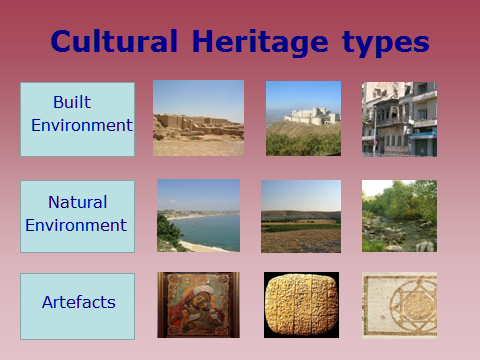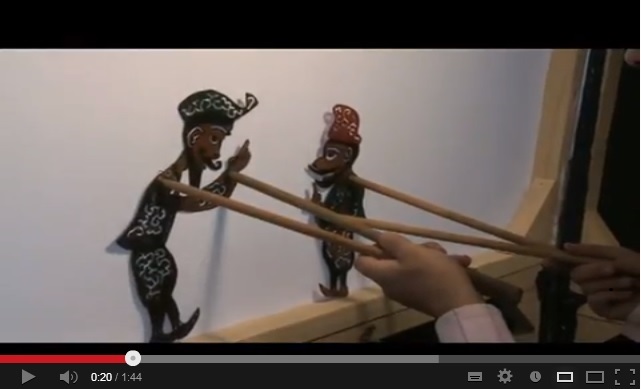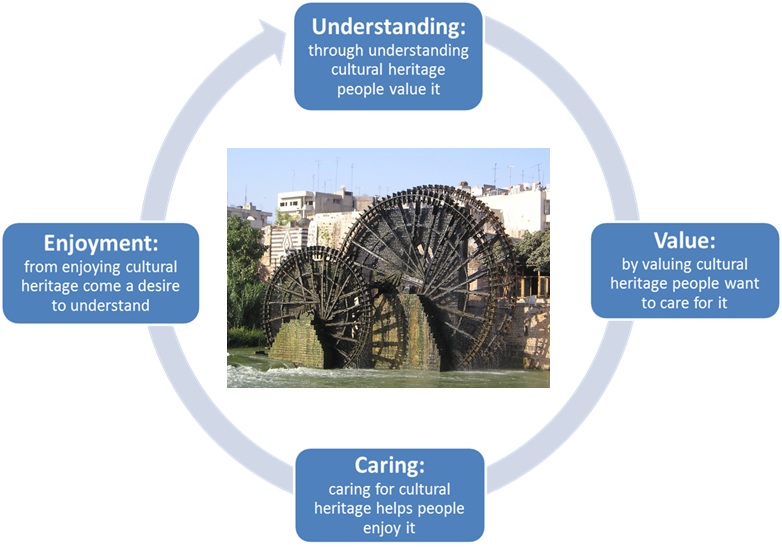What is Cultural Heritage
Cultural Heritage is an expression of the ways of living developed by a community and passed on from generation to generation, including customs, practices, places, objects, artistic expressions and values. Cultural Heritage is often expressed as either Intangible or Tangible Cultural Heritage (ICOMOS, 2002).
As part of human activity Cultural Heritage produces tangible representations of the value systems, beliefs, traditions and lifestyles. As an essential part of culture as a whole, Cultural Heritage, contains these visible and tangible traces form antiquity to the recent past.
Cultural Heritage is a wide concept. We prefer to concentrate on the similarities between the various heritage sectors, instead of on their differences

The Umayyad Mosque, Damascus, 2009. Part of the World Heritage Site the Ancient City of Damascus (Theklan, Wikimedia Commons)
Cultural Heritage types
Cultural Heritage can be distinguished in:
- Built Environment (Buildings, Townscapes, Archaeological remains)
- Natural Environment (Rural landscapes, Coasts and shorelines, Agricultural heritage)
- Artefacts (Books & Documents, Objects, Pictures)
The driving force behind all definitions of Cultural Heritage is (John Feather, 2006):
it is a human creation intended to inform
Tangible & Intangible Heritage
Having at one time referred exclusively to the monumental remains of cultures, cultural heritage as a concept has gradually come to include new categories. Today, we find that heritage is not only manifested through tangible forms such as artefacts, buildings or landscapes but also through intangible forms. Intangible heritage includes voices, values, traditions, oral history. Popularly this is perceived through cuisine, clothing, forms of shelter, traditional skills and technologies, religious ceremonies, performing arts, storytelling. Today, we consider tangible heritage to be inextricably bound up with intangible heritage. In conservation projects we aim to preserve both.
Heritage Cycle
The Heritage Cycle diagram gives us an idea how we can make the past part of our future (Simon Thurley, 2005). In a clockwise direction the wedges and arrows read:
By understanding (cultural heritage) : people value it → By valuing it : people want to care for it → By caring for it : it will help people enjoy it → From enjoying it : comes a thirst to understand → By understanding it…
The heritage cycle (Image copyright: Wikimedia Commons)
(Source text: website Culture in Development)



